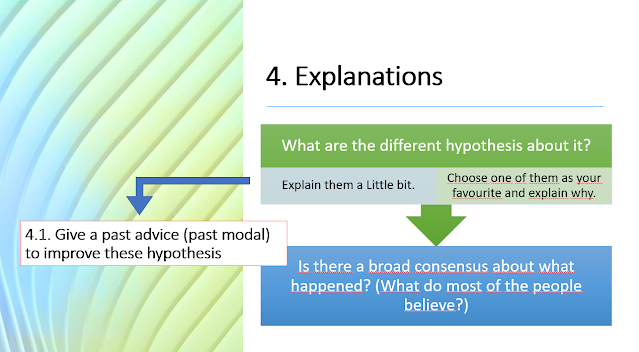The proposition included is based on a 4 to
5 class project that guides the students through a research in which they write
notes and come up with original ideas to wind it up with an oral presentation.
In the context of a project involving "mind-opened" research, there
is no question that the students will be engaged affectively; basically,
because they are given the opportunity to choice which mystery they are going
to delve into, out of a range of 10 possibilities. The project revolves around
the idea of investigating an unsolved historical mystery (Jack the Ripper, The
Bermuda Triangle, etc), trying to come up with logical explanations.
Therefore, the recognition-representation
network will be contributed to as the students browse and surf several websites
and texts in English, summarising the investigation, analysing how different
agents tried to puzzle out the mystery and creating an outline to simplify it
for their own comprehension.

To top it off, the strategic-action & expression axis is the most focused on. Once the students have gone through several stages of investigation and composition, they must fulfill several activities involving creativity and unrestraint expression. Among these steps we can find not only summaries, but also the elaboration of farfetched conspiracy theories, scientific explanations or detective stories using the mystery as the foundation for whatever it is they write.






Comentarios
Publicar un comentario